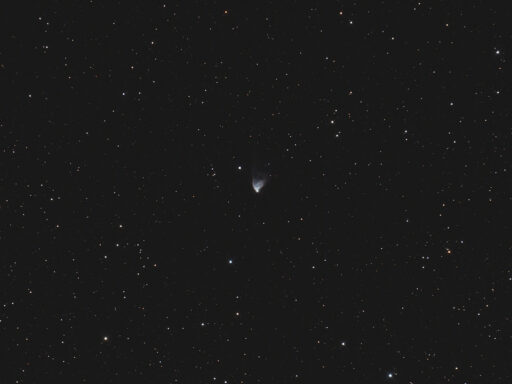
Telescope: Astro-Tech 8” f/8 Ritchey-Chretien, Orion Atlas EQ-G
Camera: Canon EOS Ra, Baader Mk III MPCC, GSO IR Blocking Filter
Guide scope: Astro-Tech 60mm, ZWO ASI120MM mini, PHD2
Exposure: 56x60sec, gain ISO 1600 saved as RAW, dithered every 2 images
Darks: Internal
Flats: 64×1/250sec, Tee shirt flats taken at dusk
Average Light Pollution: Red zone, Bortle 8, poor transparency
Lensed Sky Quality Meter: 18.3
Stacking: Average, 1 sigma clip
White Balance: Nebulosity Automatic
Software: Backyard EOS, Deep Sky Stacker, Nebulosity, Photoshop
Hubble’s Variable nebula is a small, bright, fan-shaped reflection nebula in Monoceros (the Unicorn). The bright tip of the nebula is not just a star, but a dense nebula hiding a binary system at its core (R Mon). Clouds of dust are believed to orbit this system, casting shadows up onto the veil causing the overall brightness of the nebula to vary. Time lapse sequences spanning weeks of time show the shadows sweeping across the nebula. Visually, NGC 2261 appears very much like a beautiful fan-shaped comet. In fact, it appears more like a comet than some comets!
NGC 2261 is presently rising in the east as the sky darkens.
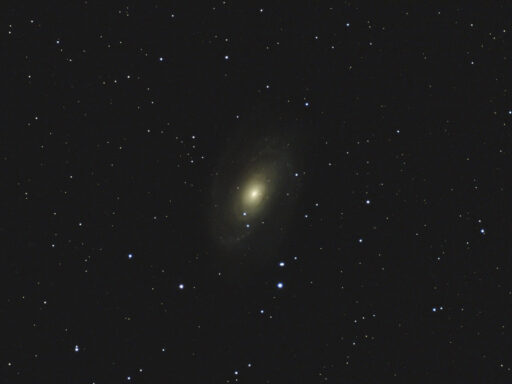
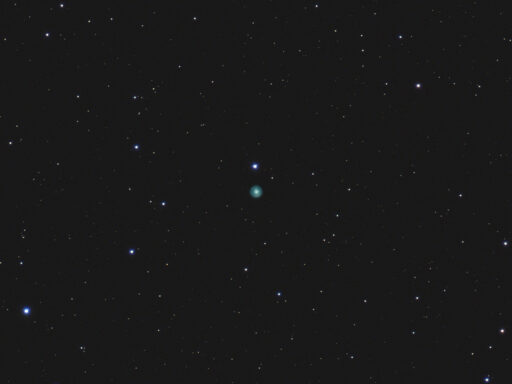
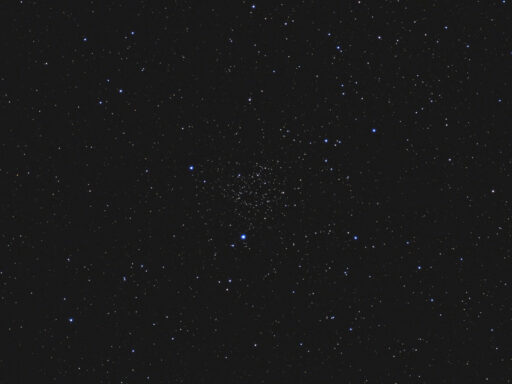
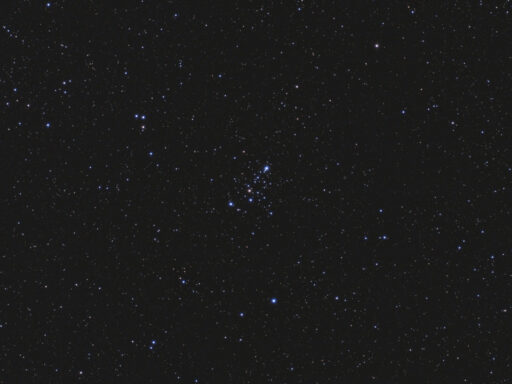
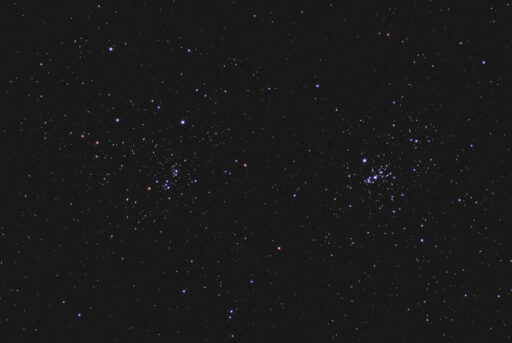
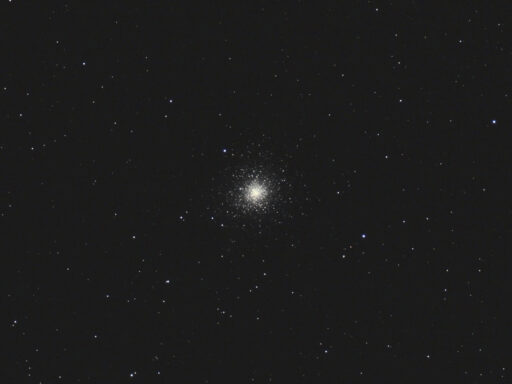
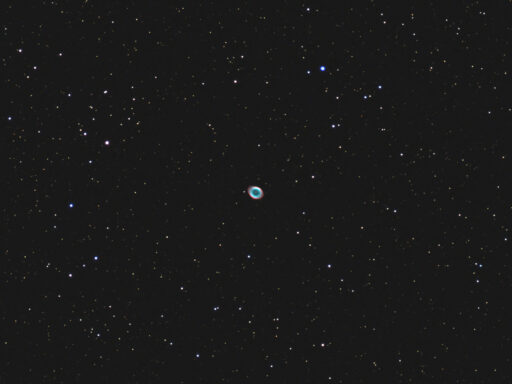
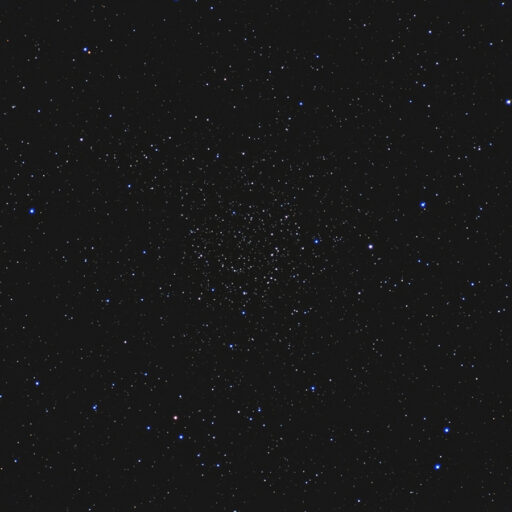
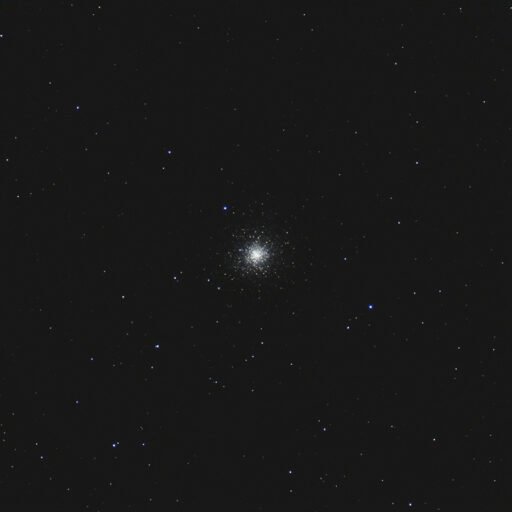
Recent Comments